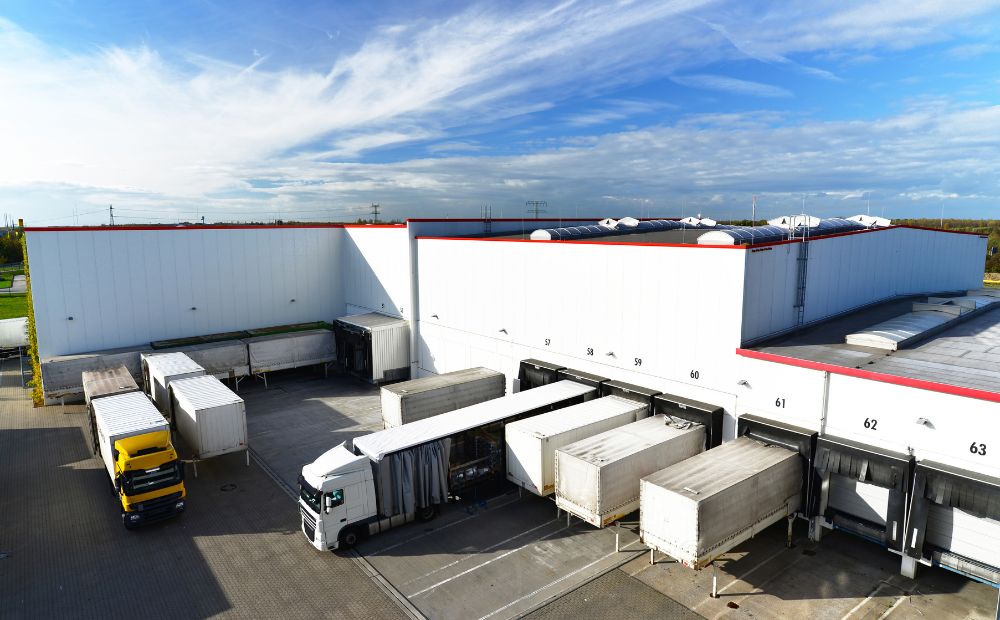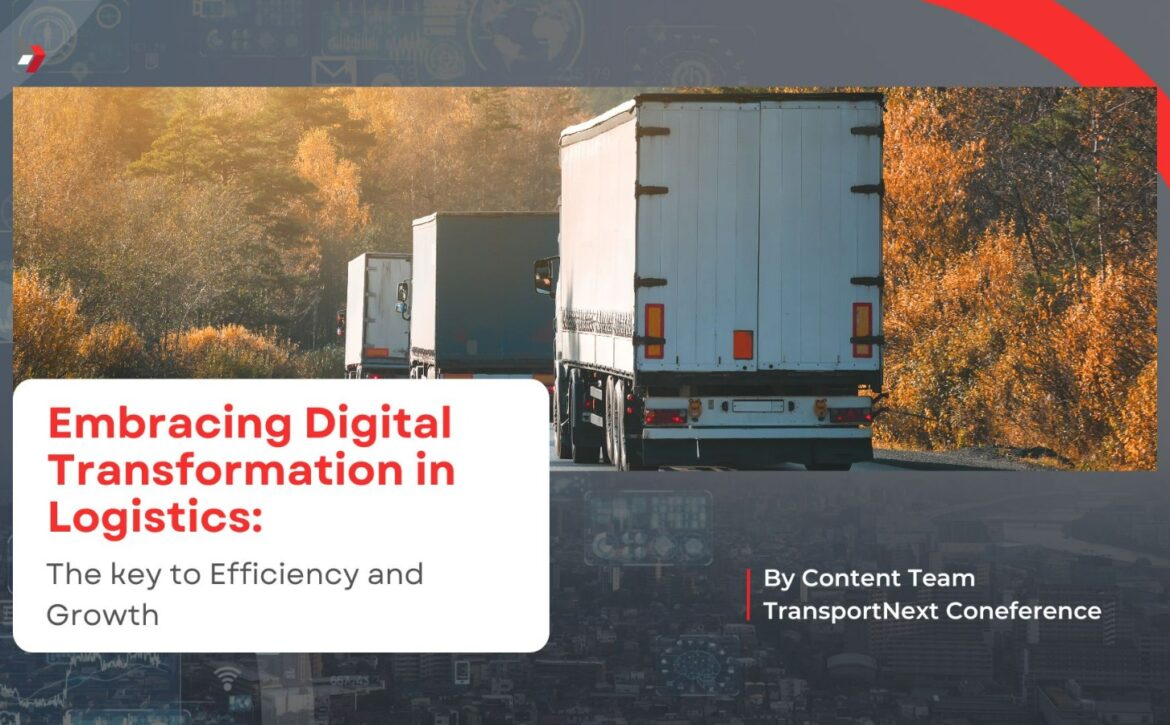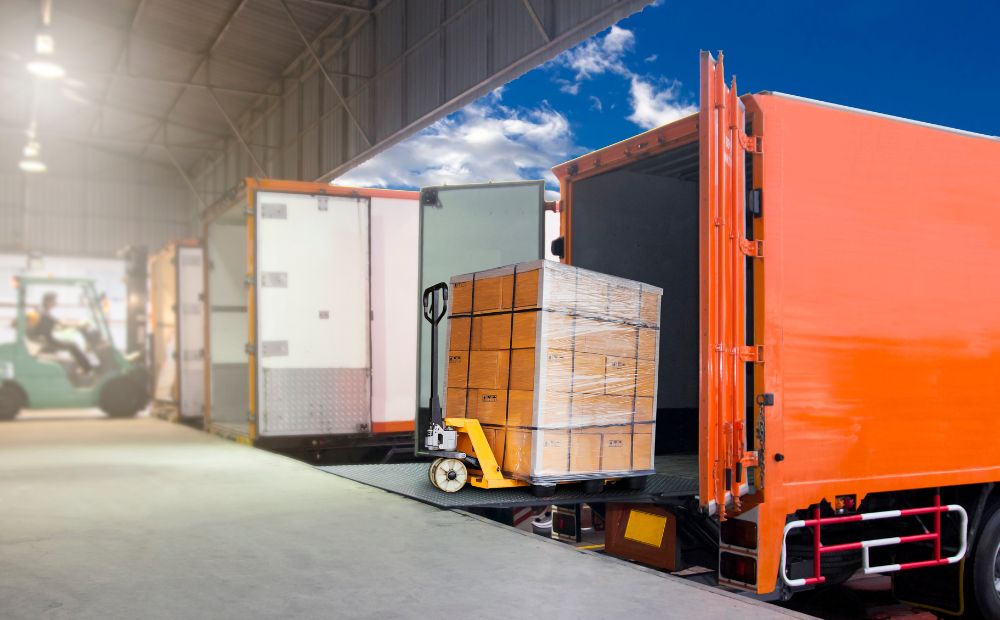Navigating The Complexities of Modern Maritime Industry: An Overview of Challenges and Solutions
The global Maritime Industry acts as the essential infrastructure for international trade by facilitating the movement of goods across the world. Within the maritime sector, which is a crucial component of international trade, various challenges require skillful management. These obstacles include compliance with regulations, adoption of new technologies, and adjustments to geopolitical shifts, making the maritime industry dynamic and full of opportunities. Our comprehensive blog explores the intricate issues encountered by the Maritime Industry, proposing innovative strategies to address them. The analysis covers complex regulatory frameworks, technological advancements, environmental responsibilities, and the importance of safeguarding maritime activities in the age of digital transformation.
Table of Contents

Modern Maritime Industry
Increased Port Congestion and Associated Delays
The rise in global trade, worsened by the effects of the COVID-19 pandemic, has resulted in the overwhelming of ports. This congestion is further exacerbated by insufficient investment in port infrastructure and ineffective operational procedures. The consequences of this congestion on supply chains are notable, leading to substantial delays, elevated shipping expenses, and disruptions throughout supply chains. In 2021, the global supply chain crisis highlighted this issue, with major ports such as Los Angeles and Long Beach experiencing unparalleled backlogs.
To address these challenges, investments in port infrastructure, the adoption of superior port management practices, and the utilization of advanced technologies for scheduling and logistics planning are crucial. Utilizing tools like digital twins allows ports to simulate and optimize their operations, thereby mitigating bottlenecks. The Port of Rotterdam utilizes digital twin technology to improve traffic management through a virtual model that allows for predicting vessel arrival times, optimizing berth allocation, and coordinating cargo operations. This proactive strategy decreases waiting times and enhances overall efficiency. Similarly, the Port of Singapore leverages digital twin technology to handle maritime traffic by optimizing vessel movements, decreasing congestion, and enhancing turnaround times for ships.
Environmental Concerns
Regarding sustainability and environmental concerns, it is crucial to address the significant impact of shipping on greenhouse gas emissions, which currently account for approximately 2.89% of global emissions as of 2018. Moreover, marine pollution from activities like oil spills and ballast water discharge presents serious ecological risks. To mitigate these issues, regulatory bodies like the International Maritime Organization (IMO) have established ambitious targets, aiming to decrease CO2 emissions by 40% by 2030. Additional regional initiatives, such as the EU’s Emissions Trading System (ETS) incorporating shipping, further promote sustainability practices within the industry.
Companies are encouraged to implement sustainable measures such as adopting green technologies like LNG-powered ships, wind-assisted propulsion, and hull air lubrication systems to reduce emissions. Additionally, the exploration of alternative fuels like ammonia and hydrogen is underway to minimize the environmental impact of shipping activities. Here are some examples of how industry leaders are implementing sustainable practices to minimize the environmental impact of Maritime Logistics operations:
Maersk:
Investing in alternative fuels like liquefied natural gas (LNG) to reduce greenhouse gas emissions from their vessels.
Port of Los Angeles:
Implementing port electrification infrastructure to provide shore power to vessels, reducing emissions and noise pollution.
MSC (Mediterranean Shipping Company):
Installing ballast water treatment systems on their vessels to prevent the spread of invasive species and protect marine ecosystems.
Hapag-Lloyd:
Implementing slow steaming practices to reduce fuel consumption and emissions during maritime operations.
Port of Rotterdam Authority:
Adopting sustainable port operations, including energy-efficient lighting and green building designs, to minimize environmental impact.
CMA CGM:
Using digitalization and optimization technologies for route planning and cargo tracking to enhance efficiency and reduce fuel consumption.
Geopolitical and Economic Challenges
Geopolitical instability, manifested through trade wars, political uncertainty, and sanctions, can lead to disruptions in shipping logistics. The tensions between the US and China, for example, have resulted in significant changes in trade routes and supply chains. Economic fluctuations, influenced by global conditions such as the post-pandemic recovery and varying demand levels, can directly affect shipping volumes and freight rates. In 2021, the container shipping industry saw historically high rates due to imbalances in supply and demand. Strategic planning plays a crucial role in addressing these challenges by considering the diversification of trade routes, establishment of regional supply chains, and the development of robust risk management strategies to mitigate geopolitical and economic risks.
Labor Shortages and Skill Gaps
The Maritime industry is currently dealing with challenges related to labor shortages and skills gaps. Within maritime operations, the current labor shortages pose a complex challenge that carries significant repercussions. These include disruptions to key operations such as vessel navigation, cargo management, and supply chain logistics due to a shortage of skilled personnel. This results in unpredictable shipping schedules, reduced operational effectiveness, and the potential for bottlenecks in the supply chain. Additionally, inadequate skilled labor compromises vessel maintenance, raising safety concerns for both crew and cargo.
During emergencies, the absence of experienced personnel undermines response capabilities, increasing the risk and severity of maritime accidents. Furthermore, labor shortages prolong turnaround times at ports, leading to delays and financial setbacks. The lack of skilled professionals onboard vessels also obstructs resource optimization, hindering operational efficiency and profitability. Moreover, the competitive job market presents challenges in recruiting and retaining qualified personnel.
To address labor shortages and skill gaps in the maritime logistics industry, companies can implement various solutions. These include developing specialized training and apprenticeship programs tailored to the needs of the industry, promoting maritime careers through recruitment efforts and educational outreach, and fostering partnerships with academic institutions to ensure graduates are equipped with relevant skills. Embracing technology and automation, promoting workforce diversity and inclusion, and implementing retention strategies are also key. Additionally, providing opportunities for cross-training and skill development can help employees adapt to changing roles and responsibilities. By investing in these initiatives, the maritime logistics industry can cultivate a skilled and qualified workforce to support sustainable growth and innovation.
Regulatory Compliance
Regulatory compliance is a critical challenge for shipping companies, given the complex web of international shipping laws they must navigate. Adhering to these regulations is essential for ensuring maritime operations run smoothly and responsibly. Non-compliance hefty fines and reputational damage. A strategic approach to compliance involves collaborating closely with regulatory bodies to understand and meet evolving legal requirements. Additionally, leveraging advanced tracking and reporting systems helps streamline compliance processes. Beyond simply moving vessels, compliance shapes maritime security and fuel management practices, emphasizing the importance of meticulous adherence to regulatory frameworks for the industry’s sustainability and security.
Security Risks
Security and risk management are crucial aspects to consider within the maritime industry. Piracy continues to pose a significant threat, especially in areas such as the Gulf of Guinea. In 2021, data from the ICC International Maritime Bureau revealed 132 reported incidents of piracy and armed robbery directed towards ships. Moreover, the digitalization of shipping processes has amplified the risk of cyber threats. Prominent events like the 2017 NotPetya attack on Maersk serve as poignant reminders of the critical need for strong cybersecurity protocols. In the maritime logistics industry, risk mitigation is paramount for ensuring safety, security, and operational efficiency.
Key strategies encompass comprehensive insurance coverage, stringent safety protocols, and emergency response plans. Enhanced security measures, supply chain resilience, and regulatory compliance further mitigate risks. Additionally, cybersecurity measures, environmental protection practices, and regular risk assessments are vital. Collaboration and information sharing among stakeholders play a crucial role in addressing common risks effectively. By implementing these strategies, the industry can enhance resilience and maintain operational continuity amidst diverse challenges.
Weather and Natural Disasters
Hurricanes, typhoons, and other extreme weather phenomena significantly impact shipping schedules, as evidenced by the extensive delays and rerouting resulting from the 2020 Atlantic hurricane season. Strategies such as implementing cutting-edge weather forecasting technology and establishing thorough emergency response plans have the potential to lessen the effects of natural disasters. Moreover, vessels equipped with real-time weather monitoring capabilities can alter their routes to steer clear of dangerous weather conditions.
Additionally, marine insurance serves as a crucial tool in offsetting financial repercussions caused by such calamities, and collaborative risk-sharing agreements between shipping entities can aid in distributing the financial burden associated with unforeseen circumstances. Marine insurance providers like Lloyd’s of London, American Club, North P&I Club, Skuld, and The Swedish Club offer coverage extensions or endorsements for weather-related risks. Some companies that offer property and casualty insurance policies tailored for weather disasters include Allstate, State Farm, Travelers Insurance, Chubb, and AXA XL.
Rising Operational Costs
Here’s a brief explanation of each point regarding rising operational costs in the maritime logistics industry:
Fuel Costs:
Fluctuations in oil prices impact fuel expenses for vessels, influenced by market volatility, geopolitical tensions, and regulatory changes like IMO sulfur emissions regulations.
Environmental Regulations:
Compliance with stricter environmental regulations, such as IMO 2020, necessitates investments in cleaner fuels or scrubber systems, leading to higher operational costs.
Vessel Maintenance and Repairs:
Aging fleets and regulatory requirements for safety inspections result in increased costs for vessel maintenance, repairs, and upgrades.
Port Charges:
Growing demand and infrastructure development drive up port charges like berthing fees and terminal handling charges, contributing to operational expenses.
Insurance Premiums:
Rising insurance costs, driven by factors like higher claims frequency and increased risk exposure, add to operational expenses for hull, machinery, and cargo insurance.
Labor Costs:
Wages, benefits, and crewing expenses constitute significant operational costs, influenced by demand for skilled crew, regulatory requirements, and changes in labor laws.
Technology Investments:
Investments in digitalization, automation, and cybersecurity are necessary but incur upfront and ongoing costs to improve efficiency, safety, and competitiveness.
Compliance with Trade Regulations:
Ensuring compliance with trade sanctions, regulations, and customs procedures requires investments in technology, training, and legal support, increasing operational expenses.
These factors collectively contribute to rising operational costs in the maritime logistics industry, requiring companies to adopt cost management strategies to remain competitive and sustainable.
Conclusion
While the maritime logistics industry faces various challenges, there are viable solutions to address them and ensure continued growth and sustainability. Technological Integration, particularly in the maritime logistics sector, reveals the significant impact of digital transformation, automation, and data analytics. Companies can reduce operational costs and improve efficiency by adopting fuel-efficient technologies, complying with environmental regulations, implementing proactive maintenance programs, optimizing port operations, and leveraging technological advancements. Strategic partnerships, supply chain optimization, and continuous improvement initiatives also play crucial roles in addressing challenges and achieving long-term success in the industry. By collaborating on innovative solutions, the sector can effectively navigate obstacles, adapt to changing demands, and uphold its essential function in global trade and commerce.
The modern maritime industry is a dynamic and vital sector in global trade, facing challenges like port congestion, environmental regulations, and cybersecurity threats. It embraces advanced technologies, such as digital twin models and automation, to enhance efficiency and sustainability. With a focus on innovative solutions and strategic partnerships, the industry is evolving to meet the demands of an interconnected world, ensuring the smooth and responsible movement of goods across the globe.
Logistic Events are vital for gaining insights into industry practices and innovations, facilitating meaningful connections, and opening doors for shared resources. An annual premier worldwide event, the TransportNext Awards, Conference, and Expo is organized by Next Business Media in Singapore and the United States. The transport and logistics community throughout the rest of the world is served by the Singapore edition.
By taking advantage of Singapore’s advantageous position, it offers a forum for global cooperation and knowledge sharing. TransportNext Singapore provides enlightening talks, engaging workshops, and a large expo. It also highlights innovative solutions and promotes strategic alliances. The TransportNext Awards, which honor achievements in the sector, are the focal point. This Logistics event guarantees an unmatched networking and growth-promoting experience because of its global reach and dedication to Logistics and Transportation industry improvement.




